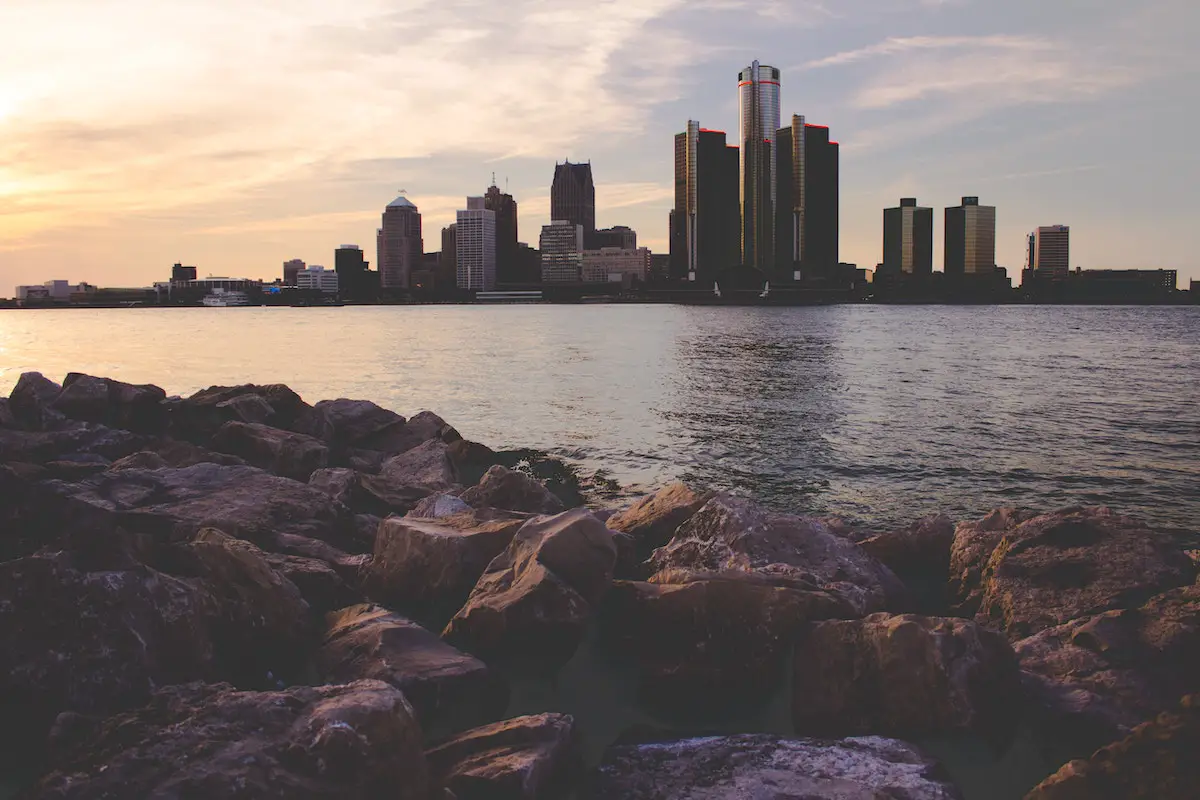London is a city of dreams, a place that people crave for its past and for its glory. It is a city where history and modernity share a common ground and work together to create one of the most dynamic places on Earth. It is the city that attracts the highest amount of Foreign Direct Investment per year of any other city around the world; it is the world’s financial power house, with more daily transactions than New York, Tokyo and Frankfurt. It is a mirage of cultures boasting one of the highest numbers of museums, theatres and art collections in any city globally; it is a city that is unrivalled in the cultural spectrum.
With the Jubilee celebrations executed flawlessly (ignoring the weather) and the Olympics just around the corner, the Queen city is yet again at the centre of global attention, and 2012 is the year in which the Queen city reveals her multiple faces to the world.
Last week, The Economist released a special report on London, providing an interesting glimpse at London’s social, economic and political development over the past decades. Perhaps most interesting was the questioning about London’s capabilities to remain a top tier city in the future, and some of the ambiguous developments that have taken place in recent years. As with that analysis, the issue remains that of looking at the right to the city in an age of intense international transactions. And for a city that until the 1980s was in disdain, and just after the real-estate boom and Thatcherite policies reclaimed its imperial glory, last decade’s developments seem blurry and difficult to establish whom they are benefitting.
For example, Barnsbury (an area which is today often referred to as Angel) in the borough of Islington was largely redeveloped in the 80s to service white collar workers in the city. Pressure from the City and services sector to find accommodation for its workers meant that many less well-off tenants where essentially relocated-out as they could not cope with the rising and crippling rent prices. Today, Angel is one of the most in-demand places to live for young professionals working in the City due to its central location and easy access to almost any point in London.
On the other hand, other parts of London whose agendas have been similar have faced more resistance from the local community and have had bumpier rides. Take Brixton in Lambeth for instance, a region that was left derelict until the riots in the 1980s, and which only recently has been able to address some of its most pressing issues. Brixton still remains a part of town with an ambiguous reputation and whose policies have had difficulties getting executed in the last decade.
However, being one of the first transition towns – areas which plan for a low-carbon future – and part of the Great Outdoors program, Brixton has been intensely regenerated in the last decade. From Windrush Square to Brixton Market and Electric Avenue, the area has received a considerable amount of investment for redevelopment and social initiatives. Despite all that, there is still a clear social divide in the area, evident in the Market where indoor cafes are affluent and “East London style”, and the outdoor equivalents resemble a developing nation. Brixton Market serves as a simple indicator that reveals the current state of an area where the “up and coming” factor and desirability to live close to Brixton centre has pushed prices up in a traditionally working class neighbourhood whose local community feels fragmented.
Angel and Brixton may have taken different paths in the past decades, but they are part of the same urban grain. Unfortunately, the two regions seem alien to the city observer despite being part of the same metropolis.
The Olympics will serve as testing ground for when two worlds meet within a shared space and how they develop from there. Thus, it still remains to be seen which face London will decide to show the world in the coming months and whether it can convince visitors that it is working towards creating sustainable and inclusive communities, prepared to face the challenges of the coming decades, and thus retaining its title as a true Queen City in an increasingly globalised world.
Photo: ewan-M


